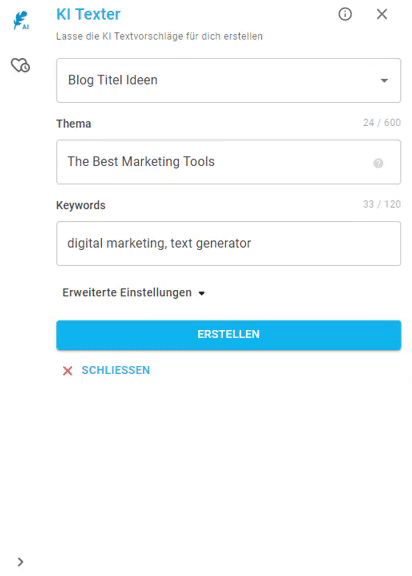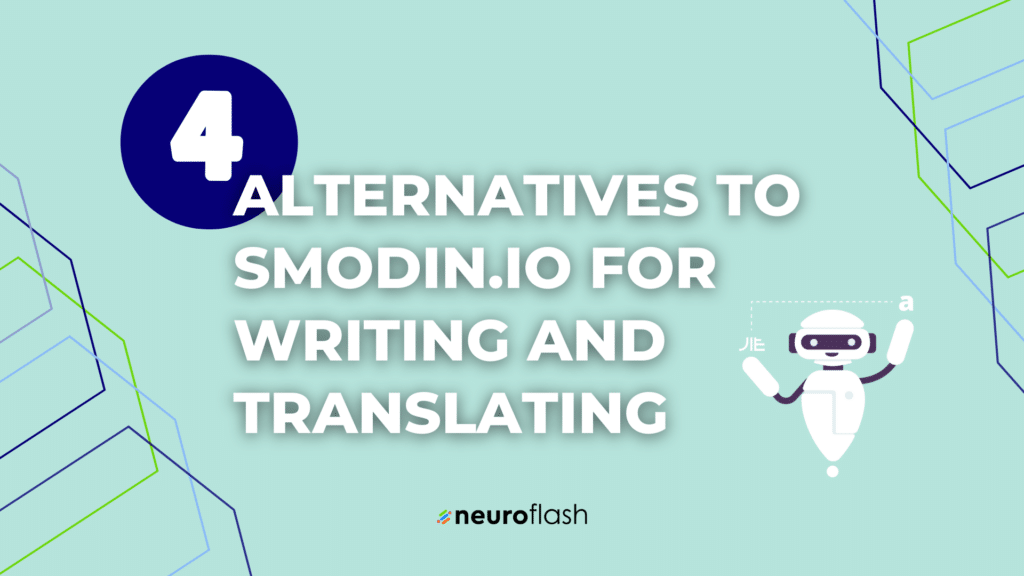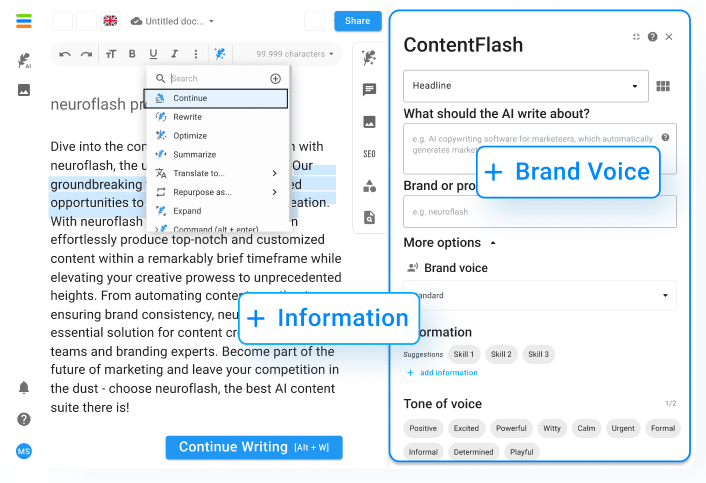How can you market your branded content better? By tagging it the right way! The use of AI in content creation is on the rise and will continue to grow in the future. We’ll explain what AI content tagging is and how you can use AI content tagging to get even more out of your content!
What is AI content tagging?
Content tagging is a method of categorizing digital content such as web pages, documents, or emails. It involves adding a specific keyword or category to each piece of content to make it easier to find and organize. This process is relevant for any content creator to market their branded content well.
AI content tagging is a complex process that uses artificial intelligence to analyze and tag content. This allows users to find the content that is relevant to them more quickly. With the neuroflash generator, for example, you can enter your desired tags and the artificial intelligence will populate your text with your chosen keywords:

This way you can effectively create various types of text with your desired tags:

What are the benefits of AI content tagging?
- AI content tagging helps organize and find content better. Tagging makes it easier to find and manage content. You can also share and categorize content more easily. AI content tagging can automatically categorize content to make it easier to find specific information.
- AI content tagging can also help you better understand content by automatically recognizing certain keywords. For example, an AI-based system can recognize certain words in a document and compare them to other documents. In this way, similarities that may escape the human eye can be detected.
- AI content tagging is an effective method to archive and retrieve content for the future. This method relies on AI technology to analyze and tag content. Tagging makes it easier to retrieve and use the content.
What are the possible drawbacks of AI content tagging?
AI content tagging is a great way to organize and manage content. However, it can also have some drawbacks. For example, it can be difficult for AI to find the right tag for a particular piece of content. Also, it can be difficult to change or delete tags when they are no longer relevant.
Generally, it takes content creators a lot of time and effort to create and maintain tags. AI content tagging can make this work a little easier, but it is possible that some tags are not created correctly. Many errors can occur if the system has not been trained properly.
What are uses for AI content tagging?
Below you’ll find some uses for AI content tagging:
- AI content tagging can be very helpful in searching for specific content in documents and web pages. For example, a content management system (CMS) with AI support can tag content automatically, making it easier to search for specific information.
- AI content tagging can be very helpful in organizing content in a document or on a web page.
- AI content tagging can be very helpful in analyzing content in a document or on a web page.
- AI content tagging is also playing an increasingly important role in advertising. For example, ads can be automatically tagged and adjusted so that they are better suited to the particular user.
AI content tagging & the Future?
Let’s take a look at AI content tagging and its future. Using AI, content can now be analyzed and tagged using algorithms. This allows users to find more relevant content and simplify searches. In the future, AI will continue to improve and dramatically change the way we tag content.
Especially in content creation and content management, AI is playing an increasingly important role. This is because AI can not only analyze content faster and more effectively, but also understand and organize it better. Content tagging is an essential part of content management. Tagging allows content to be categorized and organized in a way that makes it easier to find again.
Until now, content tagging has mainly been done manually. However, in recent years, more and more tagging tools have been developed that allow content to be tagged automatically. These tools use various algorithms to analyze content and categorize it accordingly. The results of this analysis are then displayed as tags. The advantages of automatic tagging over manual tagging are obvious: it is faster and more efficient.
Conclusion
Using AI content tagging is a promising approach to shaping the future of content management. By automatically assigning tags to content, organizing your content is improved and content can be better managed and found. This can reduce staff workload and make content more efficient for users. However, care should be taken to find a suitable AI content tagging provider.
























